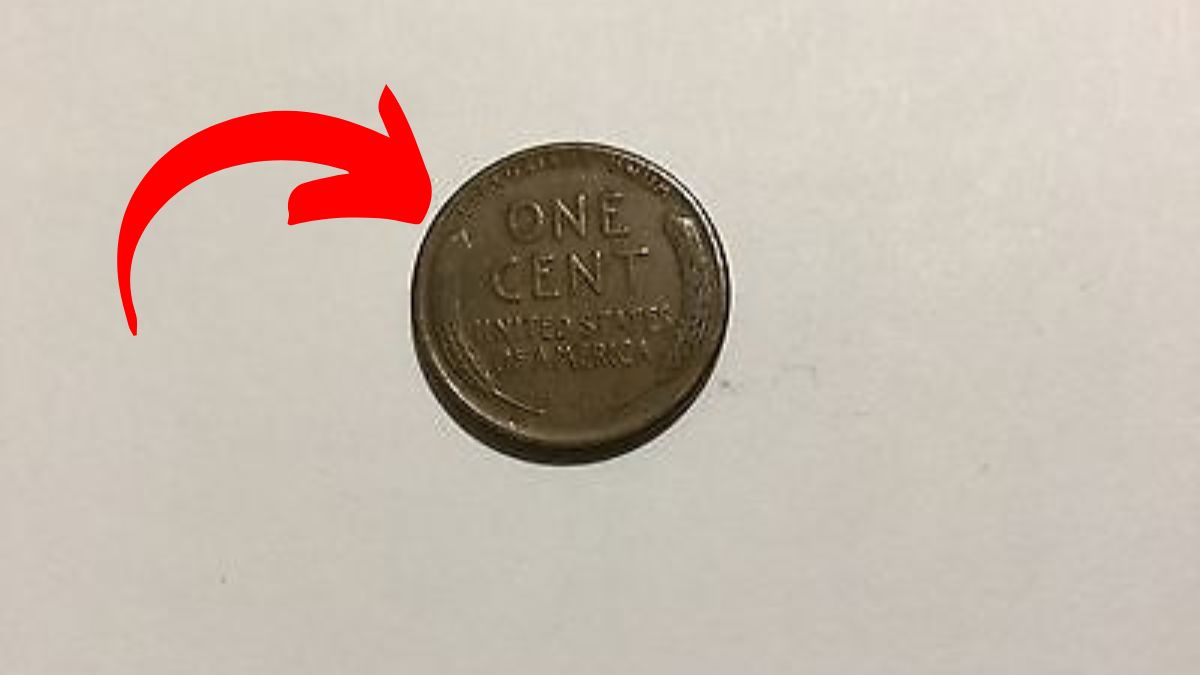The Lincoln Wheat Penny, one of the most iconic coins in U.S. history, has enthralled collectors for decades. Among its many editions, the 1943 Copper Lincoln Wheat Penny stands out due to a wartime error that resulted in an incredibly rare and valuable coin. Let’s delve into its fascinating history, how to identify this rare treasure, and the astonishing auction sale of one for $701,000.
The Origins of the Lincoln Wheat Penny
Introduced in 1909 to commemorate the 100th anniversary of Abraham Lincoln’s birth, the Lincoln Wheat Penny was a groundbreaking design. Created by sculptor Victor David Brenner, the coin features:
- Obverse: A profile of Lincoln, the first real person to appear on U.S. currency.
- Reverse: Two wheat stalks, symbolizing America’s agricultural heritage.
The penny was minted until 1958, making it one of the longest-running designs in U.S. history.
The 1943 Copper Penny Error
During World War II, copper was a critical material for wartime production. To conserve resources, the U.S. Mint shifted to making pennies from zinc-coated steel in 1943. However, due to an oversight, a small number of copper planchets (blanks) from 1942 were mistakenly used, resulting in a rare batch of 1943 copper pennies.
These copper pennies are a numismatic treasure, symbolizing a unique moment in history. Only a handful are known to exist, making them some of the most sought-after coins in the world.
The $701,000 Auction Sale
In 2010, one of these rare 1943 copper pennies made headlines when it sold at auction for $701,000. The coin, discovered in a family collection, underwent professional authentication before being listed. Its pristine condition and historical significance attracted intense interest, culminating in this record-breaking sale. The auction reignited interest in rare Lincoln Wheat Pennies, sparking excitement among collectors worldwide.
How to Identify a 1943 Copper Penny
Distinguishing a 1943 copper penny from its more common steel counterpart requires careful examination. Here’s how:
- Weight:
- Copper pennies weigh 3.11 grams.
- Steel pennies weigh 2.7 grams.
Use a precise digital scale to confirm the weight.
- Color:
- Copper pennies have a reddish-brown hue.
- Steel pennies are silver-colored.
- Magnetism:
- Steel pennies are magnetic.
- Copper pennies are non-magnetic.
- Edge:
- Steel pennies may show a darker core beneath the zinc coating.
- Copper pennies have a consistent reddish-brown tone.
If you suspect you have a 1943 copper penny, seek professional authentication from a trusted grading service like PCGS or NGC.
Value of 1943 Copper Pennies
The value of a 1943 copper penny depends on its condition and mint mark. Here’s an overview:
| Year | Mint Mark | Composition | Weight (grams) | Approximate Value |
|---|---|---|---|---|
| 1943 | None | Copper | 3.11 | Up to $701,000 |
| 1943 | D | Copper | 3.11 | Up to $840,000 |
| 1943 | S | Copper | 3.11 | Up to $504,000 |
| 1943 | None | Steel | 2.7 | Minimal |
Values are influenced by condition, market demand, and collector interest.
Other Valuable Lincoln Wheat Pennies
While the 1943 copper penny is the most famous, other Lincoln Wheat Pennies also hold significant value:
- 1909-S VDB:
- Features designer Victor David Brenner’s initials.
- Value: Up to $100,000 in pristine condition.
- 1955 Double Die:
- Known for its noticeable doubling error.
- Value: Up to $20,000.
- 1914-D:
- Produced in limited quantities in Denver.
- Value: Up to $10,000 in excellent condition.
- 1922 No D:
- Missing the Denver mint mark due to a die error.
- Highly prized for its unique feature.
Why Do These Pennies Hold Such Value?
Several factors contribute to the extraordinary value of rare Lincoln Wheat Pennies:
- Rarity:
- Coins like the 1943 copper penny were produced in extremely limited quantities.
- Historical Significance:
- They represent pivotal moments in American history, such as wartime resource conservation.
- Condition:
- Coins in mint state or with minimal wear are far more valuable.
- Collector Demand:
- Unique stories and limited supply fuel fierce competition among numismatists.
Conclusion
The 1943 Copper Lincoln Wheat Penny embodies the excitement of coin collecting, offering a glimpse into history and the thrill of discovering hidden treasures. While most Wheat Pennies are worth only a few cents, this rare error coin has achieved legendary status, with values reaching hundreds of thousands—and even millions—of dollars.
If you’re a collector or simply curious about numismatics, take a closer look at your coins. You never know—your next discovery might just be a piece of history worth a fortune!






